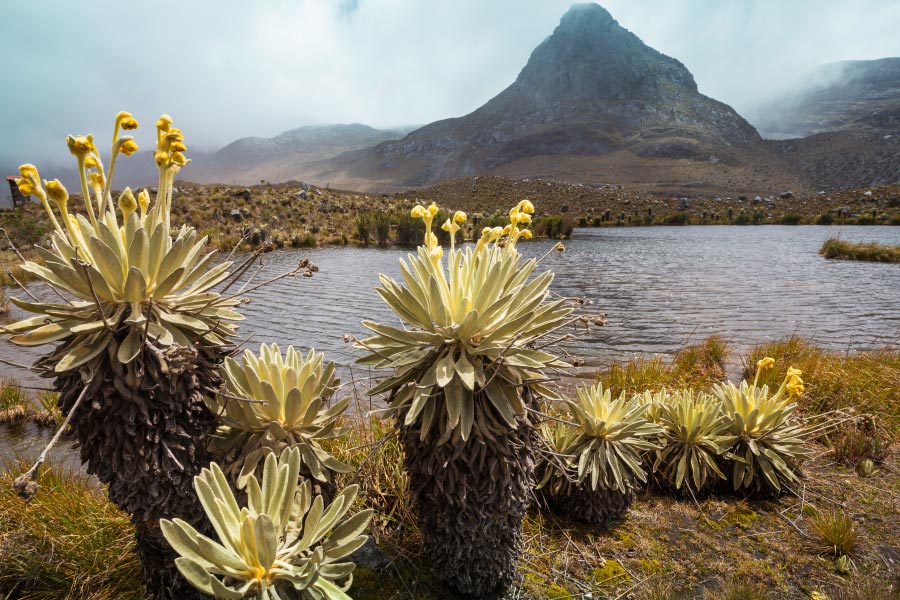
Water Day Zero: No water and no future

Hello, my friend
Thank you for reading our article and we invite you to visit our blog. Knowing more about the role that water plays in our planet is necessary.
Here we tell you what is zero day
Due to the water emergencies that have been occurring lately in different parts of the world, you are probably starting to hear more often about “water zero day”. The term “Water Zero Day” has emerged as a warning sign that entire cities and regions may run out of drinking water supply.
This crisis, which goes beyond temporary shortages, represents a crucial challenge facing communities around the world. In this article we will explore what water day zero is, what factors can cause it, which cities are at risk, and what measures can be taken to prevent it.
What is Water Day Zero?
Water day zero is a Dantesque term that refers to the moment when a city or region completely exhausts its drinking water reserves, leaving the population without safe access to the most fundamental resource for life, water.
As of today, that scenario has already become a reality in some parts of the world, and that day is now likely to come to communities and cities.
What factors can cause a zero day?
It can be attributed to a combination of factors such as:
Climate change: Technically, this is the main reason, as climate change is causing temperatures to rise, leading to droughts and altering natural water cycles.
Inadequate water management: Poor management practices, such as waste, pollution, and lack of investment in water infrastructure, can exacerbate water scarcity.
Population growth: Although this factor is a debatable issue, population growth puts additional pressure on water resources, increasing the demand for water for domestic, agricultural and industrial use.
Where in the world are you at risk of a zero day?
Numerous cities and regions around the world face the imminent risk of experiencing a water day zero. Cape Town is one city that has already gone through the experience of experiencing day zero. However, today there are vulnerable areas such as:
Cities in arid and semi-arid regions: Apart from Cape Town in South Africa, cities such as Chennai in India and Mexico City in Latin America face significant challenges due to their dry climate and pressure on water resources.
Drought-affected areas: Regions such as California in the United States, Western Australia and southern Spain are experiencing prolonged droughts and their water resources are being depleted.
Densely populated urban centers: Large cities with high population growth rates, such as São Paulo in Brazil, Istanbul in Turkey, and Karachi in Pakistan, face challenges in meeting the water needs of a rapidly increasing population.
YOU MAY BE INTERESTED IN: The 5 economic activities that consume the most water

What will happen when day zero arrives?
With the depletion of drinking water reserves, communities that are affected will face immediate shortages of water for drinking, cooking, washing and other basic needs, in short, they will see devastating and widespread consequences, where there will be other consequences such as:
Food crisis: Agriculture is highly dependent on water for irrigation. Lack of water would drastically affect food production, leading to shortages and higher prices.
Public health impact: Lack of access to safe water and adequate sanitation will increase the risk of waterborne diseases such as diarrhea, cholera and other infections.
Forced migration: Communities facing a zero water day may be forced to leave their homes in search of water and basic resources.
Economic collapse: Water scarcity will affect key sectors of the economy, such as agriculture, manufacturing and tourism.
Water wars: Conflicts over access to and control of water may become a major source of geopolitical tensions worldwide, as countries and regions will compete for water resources.
What can we do to avoid Day Zero?
Basically, to prevent day zero you must do something fundamental, and that is to save water. But also at a global level you must take measures such as:
Demand action from leaders: We can demand that our leaders take action to address water scarcity and ensure a sustainable future for all.
Educate and raise awareness: It is crucial to educate ourselves about the importance of water and the need to conserve it. We can participate in awareness campaigns and share information with our friends and family.
Sustainable water management: Implement policies and technologies that promote the sustainable management of water resources, including water reuse and recycling, as well as the protection of aquatic ecosystems.
Sowing is an ancestral practice that must be carried out in a responsible and sustainable manner, using appropriate materials and avoiding any action that may damage the ecosystem. With this technique, we will help ecosystems and biodiversity, and also ensure a secure water supply for future generations.




